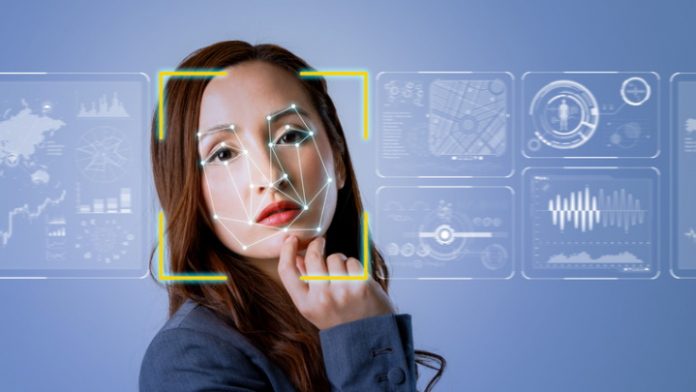A new report by the World Travel & Tourism Council (WTTC) provides global guidelines for a Safe & Seamless Traveller (SSTJ) Journey, through an approach for systematic biometric verified identification at each stage of the journey. It is hoped SSTJ will shape the new normal of the sector for years to come, as the industry struggles for survival.
The tourism and medical tourism industries are currently facing an unprecedented challenge in restoring traveller confidence and maintaining its commitment to safety amidst a pandemic.
Developed in partnership with Oliver Wyman Consulting Group and Pangiam, a new WTTC report emphasises the need for swift action for a harmonised approach in the implementation of digital traveller identity and biometrics, and the enablement of strong policies through the undertaking of several activities to support the recovery of tourism.
WTTC’s Safe & Seamless Traveller Journey (SSTJ), wants to enable a seamless, safe and secure end-to-end traveller journey, encompassing both air and non-air travel, through an approach for systematic biometric verified identification at each stage of the journey, replacing manual verifications.
A recent survey by Amadeus has shown that technology and innovation will be key in building traveller confidence and industry recovery, and WTTC recognises the need for more contactless and integrated technology as an emerging trend in travel.
Public and private sectors will be required to join forces to drive the changes WTTC envisions, build momentum, and encourage adherence to global standards that sustain a supportive policy framework.
The report emphasises the need for international coordination to remove travel barriers and build traveller confidence.
To achieve recovery, the WTTC states it is essential to provide certainty for travellers regarding travel restrictions and policies to facilitate domestic and international travel. It has identified the following private sector actions:
- Adopting global data standards.
- Leveraging existing standards.
- Ensure interoperability across all sectors including governments.
- Cross sector collaboration with airlines, hotels, rail, cruise, and others working together.
- Implement standardised global health and safety protocols across all industries and geographies to facilitate a consistent and safe travel experience.
- Develop and adopt innovative digital technologies that enable seamless travel, better manage visitor flows, and improve the traveller experience, while making the traveller journey safer.
- Building public-private collaboration will be essential to success.
WTTC has also identified the critical steps that governments must take to strengthening international collaboration. Through the creation of task forces, governments should continue investing in biometrics to ensure they are prepared for future crisis.
WTTC believes SSTJ is an opportunity for the travel industry to use biometric and digital identity technology to assist in the industry’s recovery. It states that allowing a traveller to use their biometrics and digital identity across all travel providers, regardless of sector, will reduce many common friction points.
The roadmap provides guidance for those navigating the challenges of COVID-19, while delivering on the goals of a safe and seamless traveller experience. WTTC encourages pilots while travel volumes are lower and a move to broader implementations for those already at pilot stages to best position for a full recovery.
These latest best practice recommendations highlight the importance of securely establishing a traveller’s identity to enable a safer, more secure, and frictionless travel experience.
While the report and guidelines do not specifically mention health or medical tourism, it is vital for medical travel destinations and providers to engage with these new processes as early as possible.








 ©2024 All rights reserved LaingBuisson
©2024 All rights reserved LaingBuisson 


